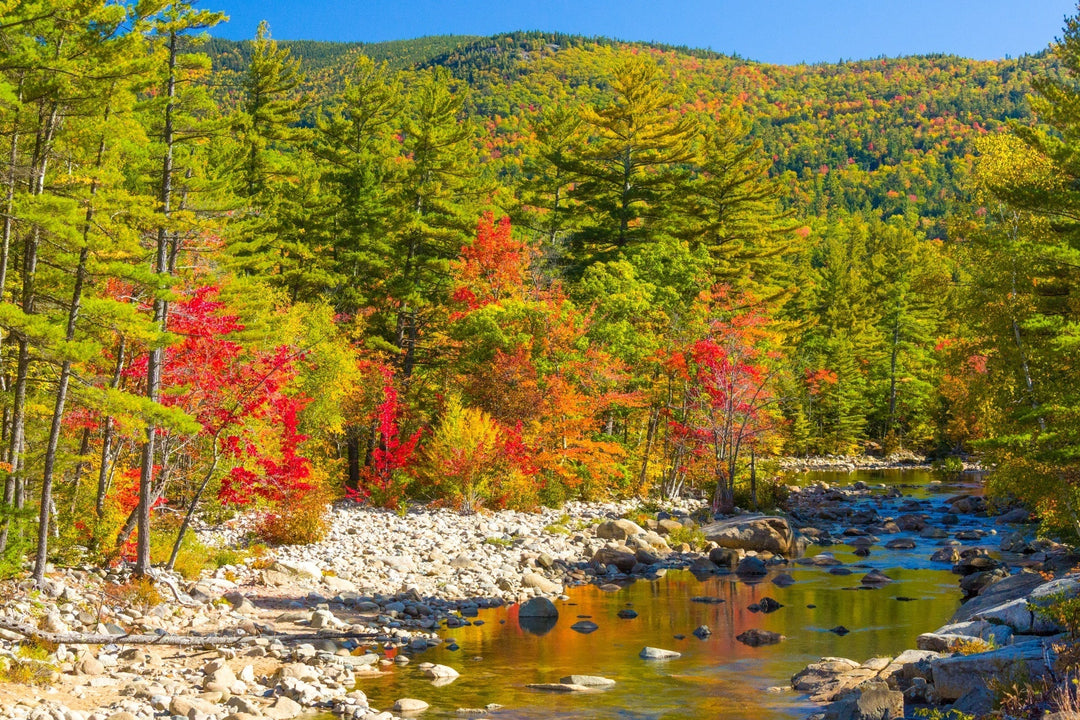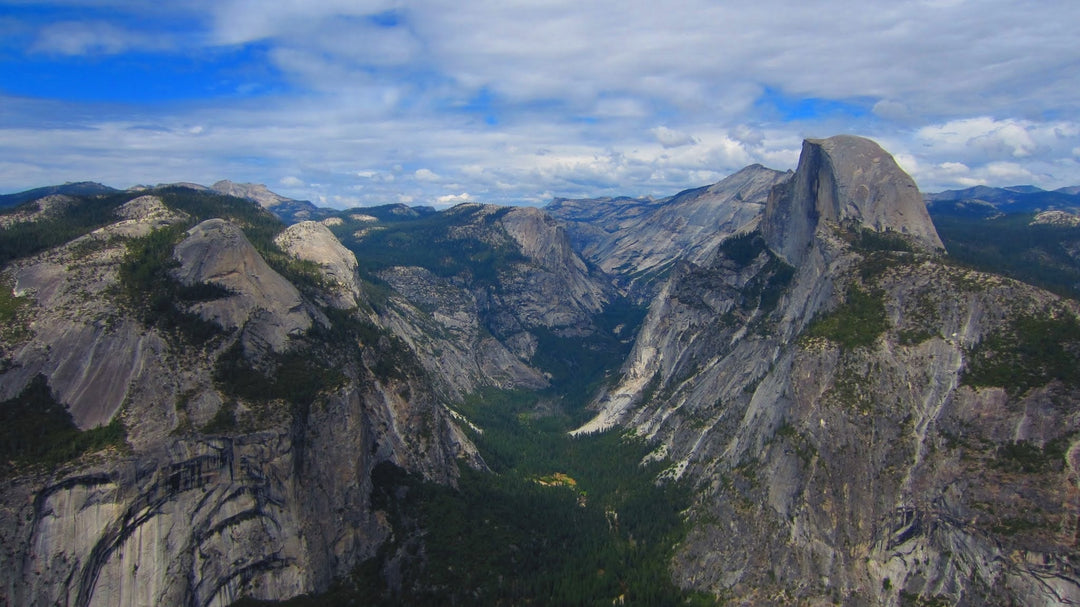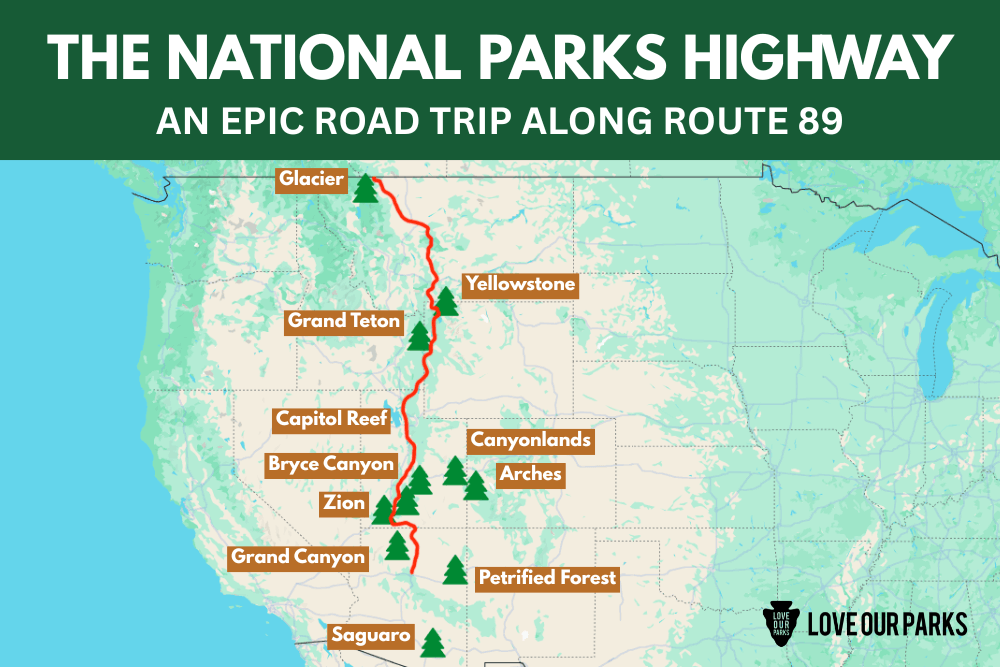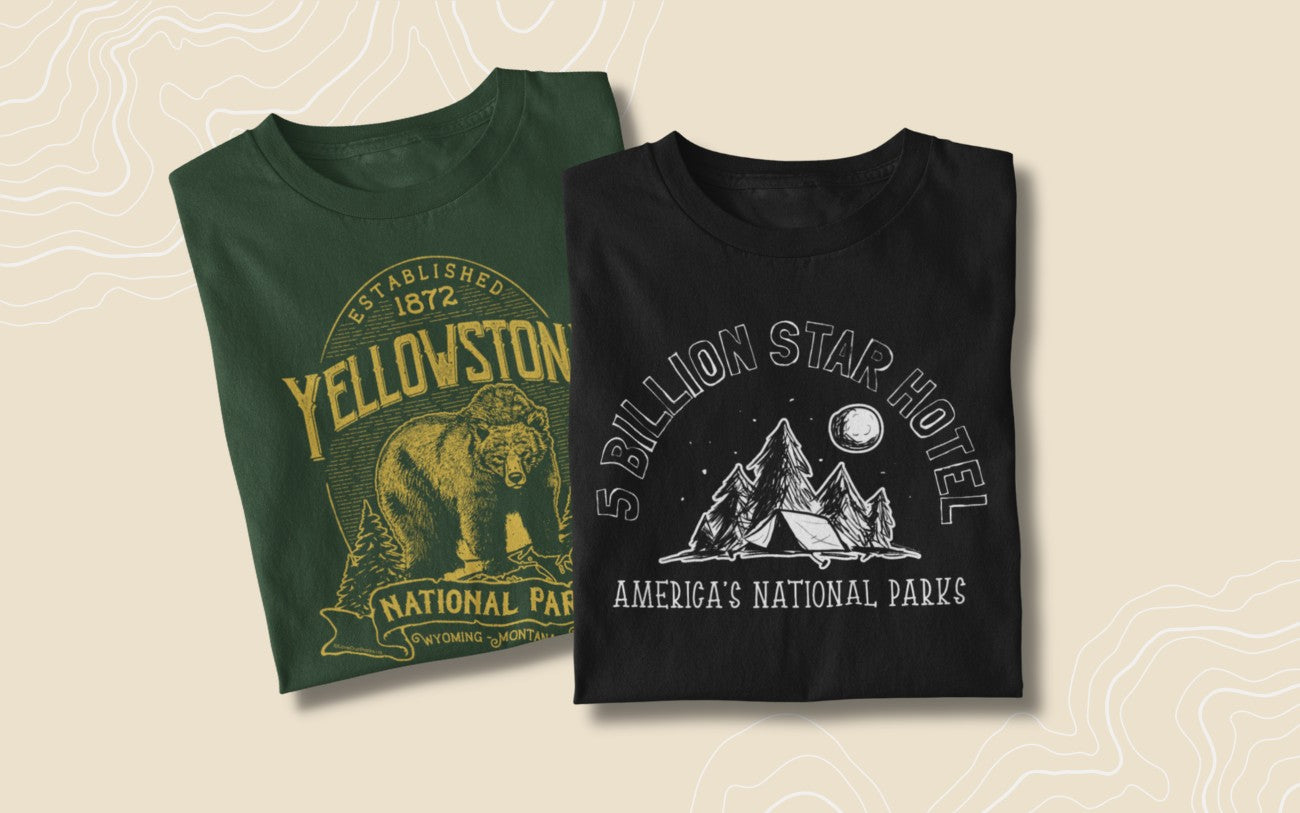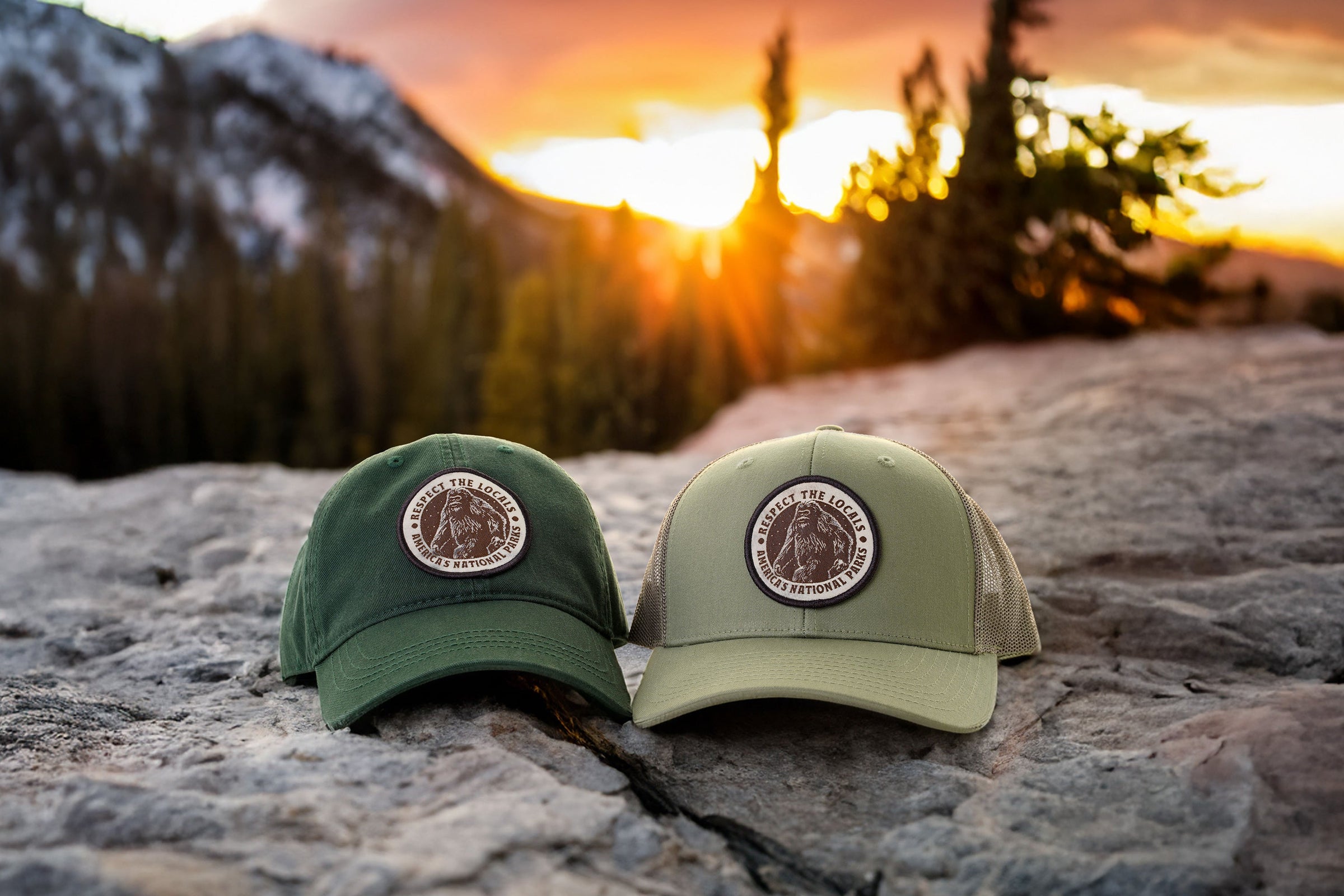Awesome Autumn Adventures
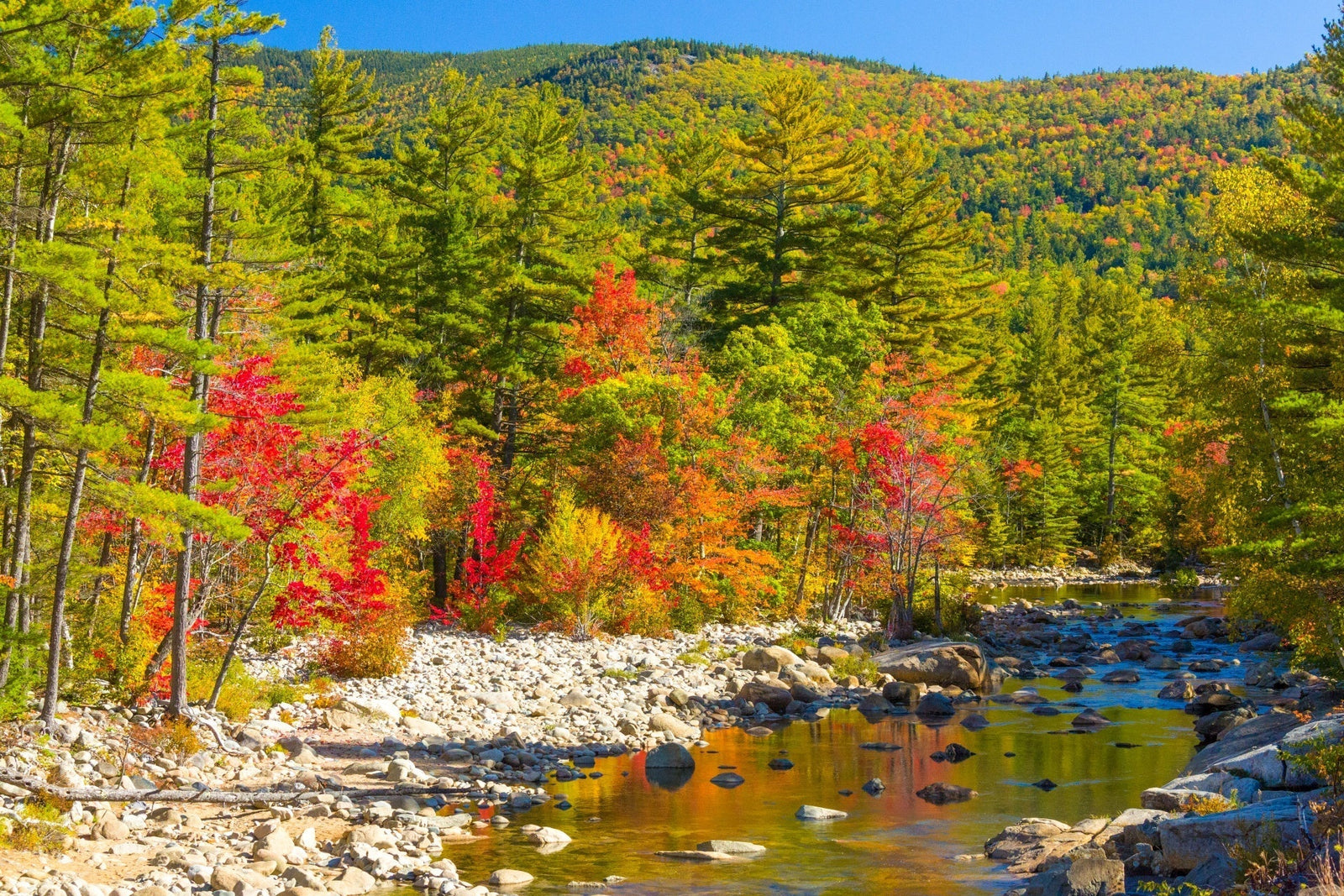
Your Guide to Fall Hiking
(No National Parks Needed!)
October is seriously one of the best times to get outside and hit the trails. Imagine crisp, cool air, buzzing with excitement instead of summer bugs. Everywhere you look, trees are putting on a wild show of reds, oranges, and yellows.
Right now, our amazing National Parks might be closed for a bit due to a government shutdown. But don't worry! America has tons of incredible public places like State Parks, National Forests, State Forests, and special Wilderness Areas that are open and waiting for you. These spots offer just as much beauty (and often fewer crowds!).
Let's get you ready for an unforgettable fall hike!
Part 1: Where to See the Coolest Fall Colors Right Now
Want to catch the best leaf show? Here are some top picks, focusing on public lands that are usually at their brightest in the middle to end of October.
The Northeast: Classic Fall Vibes in State Parks
The Northeast is famous for its stunning fall colors. The leaves usually "peak" (meaning they're at their brightest) from early to mid-October up north, and a bit later, mid-to-late October, as you go south.
-
Letchworth State Park, New York: The "Grand Canyon of the East"
This isn't a National Park, but it feels just as grand! The Genesee River carves a huge gorge through the park, and in October, the cliffs are surrounded by bright, colorful trees. Check out the Gorge Trail for amazing views of three major waterfalls.
Public Domain Photograph (Letchworth State Park):
Opens in a new window outsidechronicles.com -
White Mountain National Forest, New Hampshire
This huge area is managed by the US Forest Service (not the NPS). You can hike parts of the Mount Lafayette and Franconia Ridge Trail Loop for some of the coolest, highest views in New England.
Public Domain Photograph (White Mountain National Forest):
Opens in a new window www.publicdomainpictures.net
The Rocky Mountains: Golden Aspens in State Parks & Forests
Out West, it's all about the amazing golden aspen trees! They glow bright yellow from late September through the first couple weeks of October.
-
Golden Gate Canyon State Park, Colorado
Super close to Denver, this State Park is a perfect fall escape. Trails like the Raccoon Trail take you right through thick forests of those beautiful golden aspens.
Public Domain Photograph (Colorado Aspen Grove):
Opens in a new window outdoorbeginner.com
The Southeast: Pretty Colors Later in the Season
The fall color peak in the Southern Appalachian and Ozark regions usually shows up a bit later than in the Northeast, making mid-to-late October prime time.
-
Ozark-St. Francis National Forest, Arkansas
Head to the Ozarks for a spectacular late-season show. The Hawksbill Crag (Whitaker Point) Trail leads to a famous rock formation overlooking the forest, which turns into a patchwork of reds and yellows by late October.
Public Domain Photograph (Ozark National Forest):
Opens in a new window www.dreamstime.com
Part 2: Critical October Safety & Trail Conditions
While the foliage is beautiful, October presents unique safety challenges, especially if you are hiking high in the mountains. Your first step for any hike must be checking conditions.
1. Expect the Unexpected and Check First!
-
Snow and Ice: If you're hiking at high elevations (like in the Rockies or even higher peaks in the Northeast), expect the possibility of early season snow and ice.
-
Temperature Drop: Temperatures fall fast! For every 1,000 feet you climb, it gets about it gets about it gets about 3°F to 5°F colder. The weather at the summit will be vastly different than the parking lot.
-
Fallen Leaf Hazards: Those beautiful leaves cover up the ground, hiding roots, rocks, and slippery spots. Walk slower and more carefully. Using trekking poles helps you balance.
-
Checking Conditions: Always call the local park office or Forest Service Ranger station before you go for the most recent, on-the-ground trail reports. They can tell you about any trail closures or snow at higher elevations.
2. Layering is Key to Survival
You need a good layering system to handle quick changes in mountain weather. The most important rule: NEVER hike in cotton! Cotton holds sweat and makes you cold, which can lead to hypothermia (when your body loses heat faster than it can make it).
|
Layer Type |
Purpose |
Item to Pack (Must be Wool or Synthetic) |
|
Base Layer |
Wicks moisture (sweat) off your skin. |
Thin long-sleeve shirt |
|
Mid-Layer |
Provides insulation and warmth. |
Fleece jacket or puffy vest |
|
Outer Shell |
Blocks wind and rain/snow. |
Waterproof and windproof rain jacket |
|
Traction |
For unexpected ice. |
Microspikes (traction devices that fit over your boots) |
3. Plan Ahead and Know When to Quit
-
Shorter Daylight: The sun sets early in October. Carry a bright headlamp with spare batteries and plan your hike so you are back at the car well before dark.
-
Navigation: Cell service is often nonexistent. Bring a physical map and compass, or a fully charged phone with the map downloaded and set up to work offline.
-
Essential Gear: Always pack a warm hat (beanie), gloves/mittens, an extra pair of wool socks, and an emergency blanket.
Turn Back Rule: Be ready to turn around and quit the hike if the weather suddenly gets too rough, if snow is deeper than you expected, or if you feel too cold or tired. A safe trip is always more important than reaching the summit.




